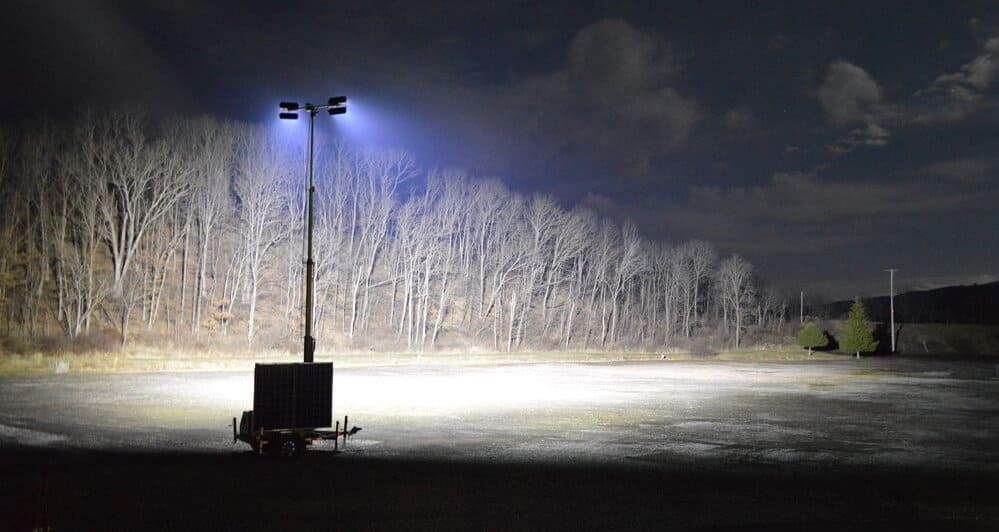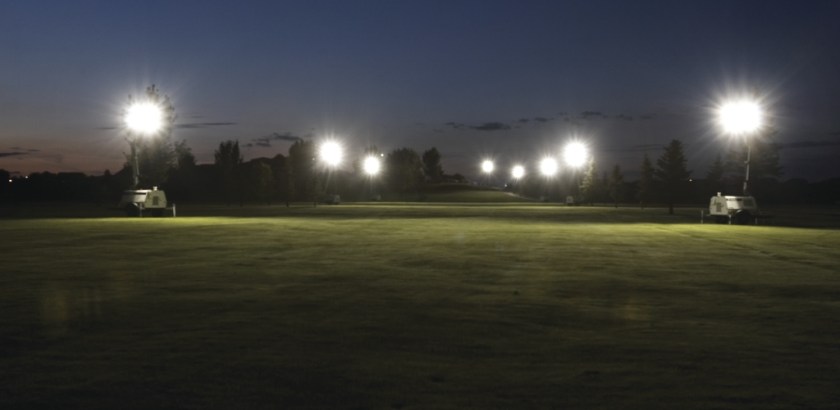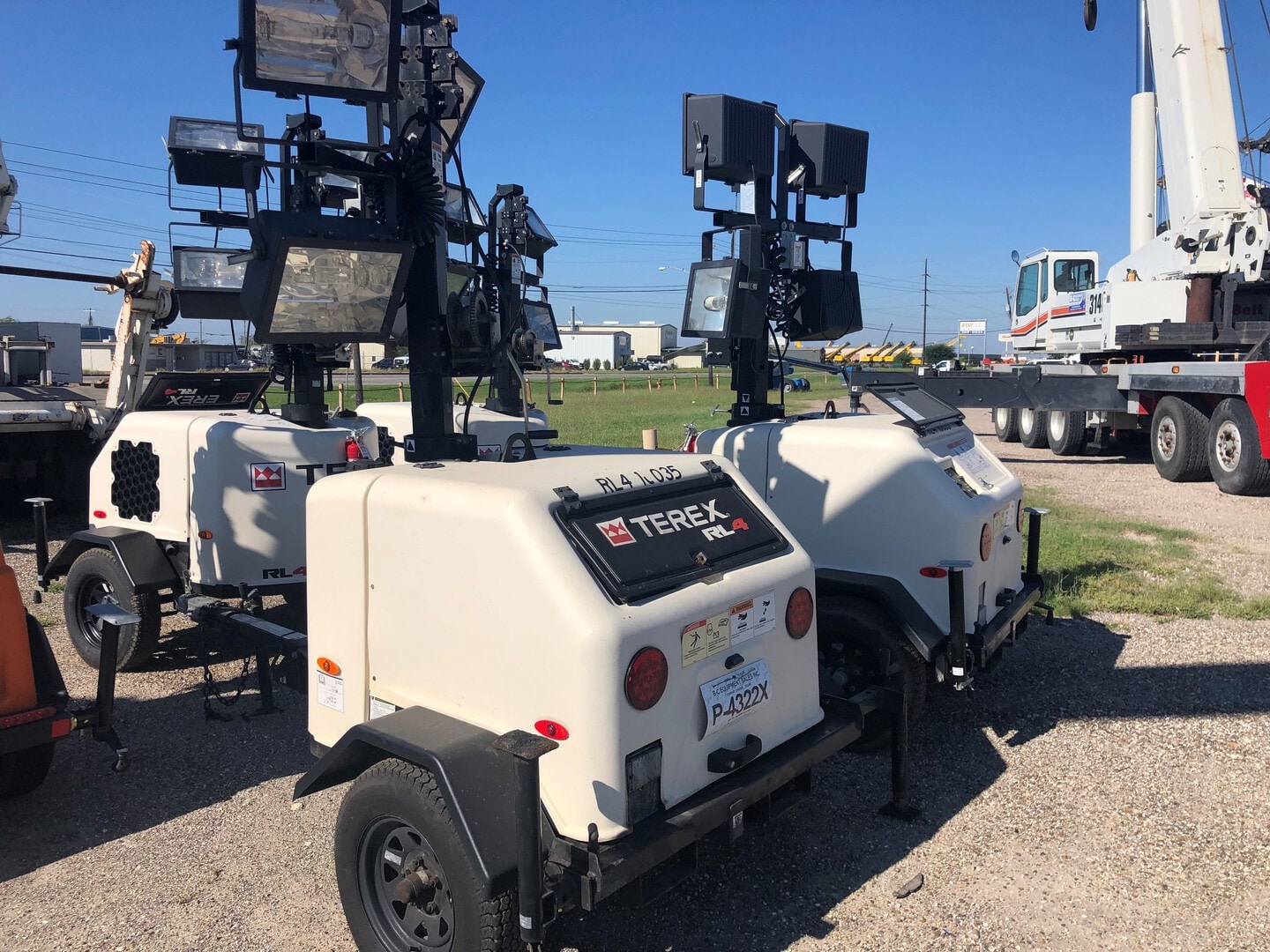Choosing a mobile light tower seems easy—until you're stuck on-site with one that floods, falls over, or can’t light up the full area.
The best mobile light towers come with IP-rated enclosures, hydraulic masts1 for easy lifting, and 359° rotation2 for maximum lighting coverage.

You don’t know what a light tower is missing until the weather hits hard or you need to cover a new work zone fast. I've seen towers fail because of low waterproof ratings3, weak manual lifts4, or limited direction range. If you want a tower that truly works under pressure, look for three key features: waterproof IP ratings5, hydraulic masts1, and nearly full-circle rotation.
What Are IP Ratings and Why Do They Matter?
A high IP rating can be the difference between a working tower and a dead one after rain.
IP ratings5 measure how well the tower resists dust and water—IP65 is the ideal standard for outdoor job site6s.

An IP rating is made of two numbers. The first shows dust protection7; the second shows water resistance. For example, IP65 means it’s totally protected against dust and resistant to water jets from any direction. This matters a lot when you’re working in construction8, mining, or rescue zones. I’ve worked on projects where lesser-rated lights shorted out during the first rain. With IP65 or better, your light tower will survive mud, storms, and washing down after use. You don't need to worry about sealing it up every night or moving it under cover.
Breakdown of IP Ratings for Light Towers
| IP Rating | Dust Protection | Water Resistance | Suitability |
|---|---|---|---|
| IP44 | Partial | Splash from all directions | Indoor or mild weather |
| IP54 | Full dust limited | Limited water spray | Light outdoor use |
| IP65 | Dust-tight | Low-pressure water jets | Construction, rescue, etc. |
| IP67 | Dust-tight | Immersion up to 1m | Flood zones, heavy rain |
Most professional-grade towers today meet at least IP65. Some go higher, especially for high-risk rescue or military use.
Why Choose a Hydraulic Mast Instead of a Manual One?
If you’ve ever raised a 5-meter mast by hand, you’ll never want to do it again.
Hydraulic masts lift heavy light heads with the push of a button—faster, safer, and less physical strain.

Manual crank masts might look simple, but when you’re in a hurry or bad weather, they’re a hassle. You can’t raise them smoothly. They need a second person. And sometimes, the crank gets stuck or fails. Hydraulic masts solve this. With a built-in pump system, one person can raise or lower the mast in seconds, even with gloves on. This also helps avoid injuries or accidents during setup. I once had a customer who switched after a hand injury from a slipping manual crank—he’s never gone back.
Manual vs. Hydraulic Masts
| Feature | Manual Mast | Hydraulic Mast |
|---|---|---|
| Setup time | 5–10 minutes | 1–2 minutes |
| Effort required | High (manual crank) | Low (automatic) |
| Risk of malfunction | Higher (gears, jamming) | Lower (sealed system) |
| Precision control | Low | High |
| One-person setup | Not always | Always |
When you're setting up towers at night or under time pressure, every second counts. That’s where hydraulics shine.
What Does 359° Rotation Mean in Real Use?
You won’t always park your tower in the perfect spot. That’s why flexibility matters.
359° rotation2 lets you light up any part of a job site6 without repositioning the whole unit.
[^2] of mobile light tower 359 degree rotation light tower](http://moonlightia.com/wp-content/uploads/2023/06/shaktiman.jpeg)
Most standard light towers only rotate their light heads about 180°. That’s not enough on complex sites with equipment or hazards in the way. With a near-complete 359° rotation2, you can simply twist the light head to cover any direction. No need to drag the trailer. No wasted time lining it up again. This is a lifesaver when working on narrow roads, tunnels, or multi-zone events. I’ve used towers where rotation was the only reason we could finish the shift without delays.
Advantages of 359° Rotating Light Towers
| Feature | Impact on Worksite |
|---|---|
| Full-area coverage | Lights up more space |
| No repositioning needed | Saves fuel and time |
| Ideal for crowded job site6s | Easier navigation |
| Fast adjustment at night | Increases safety9 |
| More flexible for events | Matches changing layouts |
Combined with telescoping masts and bright LEDs10, 359° rotation2 gives the tower maximum reach and usability.
Do You Really Need All Three Features?
Maybe not—but if you want a light tower that lasts, it's smart to invest once and avoid regret.
IP65 rating, hydraulic masts1, and 359° rotation2 turn a basic light tower into a professional-grade tool11.

Each of these features solves a real-world problem: water damage, time-consuming setup, and limited light direction. Together, they make a huge difference in productivity and safety9. I’ve had clients who started with cheap towers but switched after just one storm or setup delay. Since then, they’ve stuck with these features—and they’ve told me the ROI12 is obvious.
Conclusion
IP65 protection, hydraulic masts1, and 359° rotation2 make mobile light towers safer, faster, and more reliable for real job site6s.
-
Hydraulic masts offer faster setup and reduced physical strain, making them safer and more efficient for operators. ↩ ↩ ↩ ↩
-
This feature allows for maximum coverage without repositioning, saving time and increasing safety on complex job sites. ↩ ↩ ↩ ↩ ↩ ↩
-
Choosing the right waterproof rating ensures your light tower performs well in adverse weather, preventing failures. ↩
-
Understanding the limitations of manual lifts can help you appreciate the advantages of hydraulic systems for efficiency. ↩
-
Understanding IP ratings helps you choose a light tower that withstands harsh conditions, ensuring reliability on-site. ↩ ↩
-
Selecting the right features for mobile light towers can significantly impact productivity and safety on job sites. ↩ ↩ ↩ ↩
-
Dust protection is crucial for maintaining the functionality of light towers in construction and outdoor settings. ↩
-
Mobile light towers provide essential lighting for safety and productivity, especially in challenging environments. ↩
-
Proper lighting is vital for safety, and mobile light towers ensure visibility in dark or hazardous conditions. ↩ ↩
-
LEDs provide bright, energy-efficient lighting, making them ideal for mobile light towers in various applications. ↩
-
Identifying the characteristics of professional-grade tools ensures you choose equipment that meets demanding job site needs. ↩
-
Understanding the ROI can help justify the investment in reliable light towers that enhance operational efficiency. ↩




